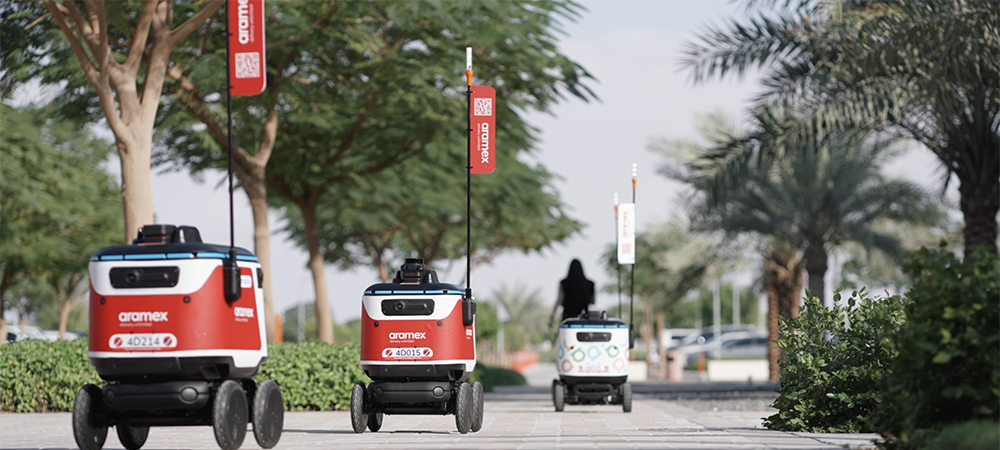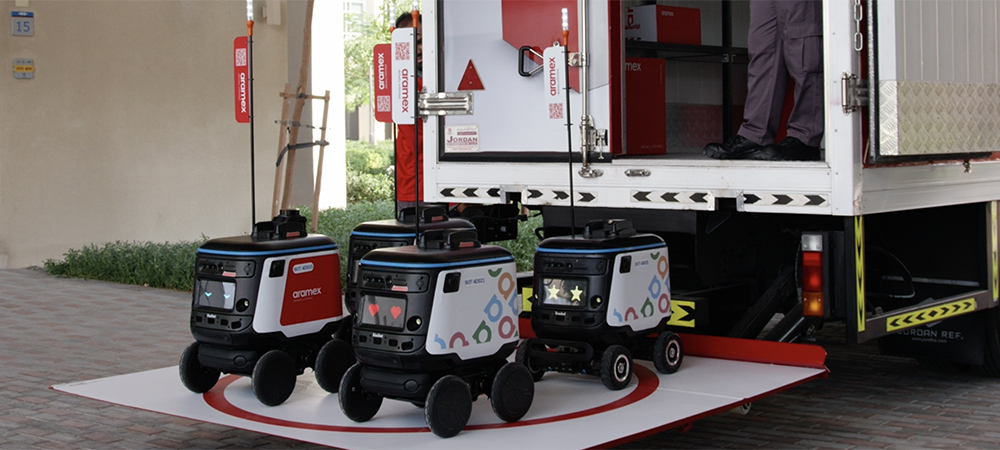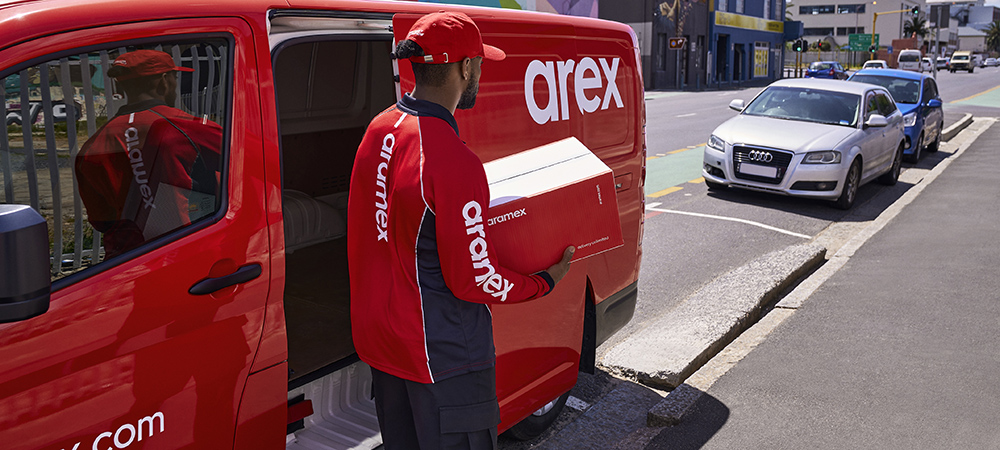As Aramex scales up innovation, it is looking at AI, automation, autonomous mobility, big data and new products like augmented reality, out-of-home solutions, crowdsourcing, while externally it is keen to join community programmes like blockchain and collaborate with partners in the ecosystem.
Aramex is a global provider of logistics and transportation solutions. With over 16,000+ employees across 70+ countries and 600+ offices, it has four major product verticals: international express for cross-border packages and parcels, domestic express for in-country parcel movements, freight forwarding whether by air, sea, or land across borders around the world, and logistics and warehousing, which help customers with customised storage and shipping solutions across the world.
Aramex was founded over 40 years ago and is today headquartered in Dubai, UAE. Given its asset-light business model, the company has a global reach and a competitive edge, which enables it to swiftly adapt to changing market conditions. It is publicly traded on the Dubai Financial Market.
Supply chain
The ongoing economic crunch has hit consumer demand, softening up express parcel volumes compared to previous growth trends within the industry. This, coupled with geopolitical issues and increased operating costs, has made the past couple of years challenging coming out of the pandemic.
The industry is at a tipping point, and there is an opportunity for players in the logistics and transportation space to revamp their business and organisational models.
Digitisation and the addition of capabilities can help differentiate and sustain in these conditions. Aramex has been implementing strategies to drive productivity in its operating model, enhance the premium customer experience, and develop new products that serve as growth levers, including acquisitions and other collaborative opportunities.
There are pain points that are serving as opportunities, and that shall help drive investment into innovation and transformation, which is exciting for Aramex.

Ongoing innovations
Aramex has invested heavily in automation and digitising its operations over the past five years, leading to a capacity and capability boost across the GCC, Asia, Oceania, North America, Europe, and North Africa. The mandate to digitise all miles in the express parcel movements of Aramex, coupled with operational improvements in terms of network design, Aramex champion engagement, Aramex champion planning, and data-driven decision-making, has been large-scale transformations that have had a strong impact on its customer experience and financial standing as a company.
As the company scales up innovation, it is looking at AI, automation, autonomous mobility, big data and insights applications, new products like augmented reality, out-of-home solutions, crowdsourcing, and much more. It is also keen on joining external community innovation programmes like blockchain to transform the industry through collaborations with all partners in the ecosystem.
Furthermore, the company has set the bar with its sustainability targets and is committed to electrifying its fleet by 2030. As an extension, it has powered its major warehouses with solar power as well.
The innovation engine at Aramex is focused on making deployments into customers’ shipment lifecycles and creating an impact-driven centre of transformation. There are some exciting new product deployments this year that shall drive up its AI and autonomous programmes. This shall be an industry first in some cases and, thus, a global benchmark.
Innovation strategy
The company has a pool of ideas from internal and external customers, coupled with their problem statements and transformation roadmap. It converts this pool into products, programmes, and processes, which are then simulated to assess the impact and effort.
This matrix helps define near-term, long-term, and even un-viable innovations. It then pilots these innovations under clear criteria to evaluate their success and to simulate them at scale.
Once the pilot meets the success criteria, it invests and deploys these innovations into a customer lifecycle. At Aramex, innovation is not only about returns and productivity; the criterion for success also involves customer feedback, ESG and EHS metrics, and more.
It is critical to look beyond the financial benefits, as in the research stage, there are a lot of variables to account for, especially for new innovations that are not benchmarked today. An extension to this is also its sustainability mandate, which is central to the company’s decision-making and, thus, a key decision driver for developing and deploying new products.
In addition to the above areas, the company is actively on the lookout for new developments that could drive a positive impact. These can be new technological developments like quantum computing, regulatory decisions on ESG reporting, or even the recently re-energised space industry.
All these developments are an opportunity for Aramex to offer a new product or create a delta for its customers or even present an optimisation opportunity. This sort of approach has helped it to deliver impact and clearly differentiate its innovation division.

Middle and last mile challenges
Middle and last-mile deliveries are complex at Aramex’s scale, with many challenges affecting outcome metrics such as productivity, utilisation, customer satisfaction, and costs. These challenges include the quality of addresses, load fluctuations, types of parcels and cargo, geographical spread, and even intangible impacts of weather, traffic, accidents, and more.
Success at this scale and complexity depends on planning, which requires the right data and flexibility within the execution arm of operations. The innovations developed at Aramex focus on enhancing planning and improving agility and flexibility in the operations execution.
To that point, Regent is a sea glider that could help the company transport middle-mile cargo over seaports rather than over land or air. Considering the forecasted operating costs and regulatory cycle, this approach could be faster, more economical, and scalable, providing Aramex with greater agility and flexibility.
Middle and last mile account for a majority chunk of the operating costs, and at scale, even a minor basis point improvement represents a potentially large bottom-line impact. In the short to medium term, products that shall impact middle and last mile operations will be based on automation, network re-designing, digitisation and big data management.
In the medium to long terms, there shall be innovations based on AI, new-age computing, new product categories, blockchain, and cooperations between entities.



